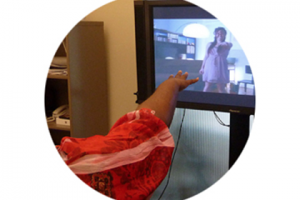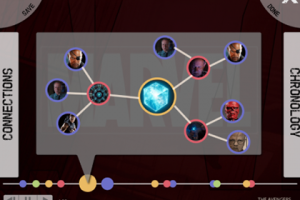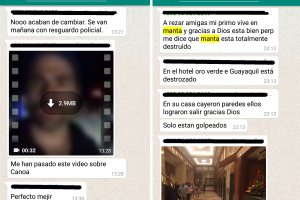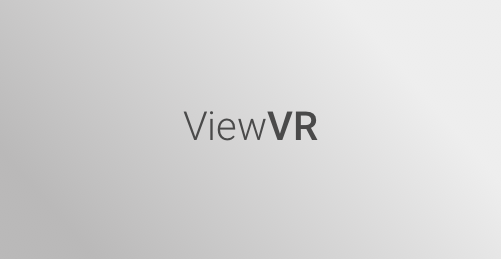|
Wayfinding in an unfamiliar place has been challenging for everybody, including older adults and people with disabilities. This project investigates the barriers and difficulties people have with wayfinding systems, including environments, technology and their interaction with a human. With the understanding of the existing barriers and difficulties, this project also aims to provide design solutions from a universal design perspective. |
This project explores the possibilities, challenges, and benefits of using a tangible object as a controller and feedback device in an interactive television show. The Universal Threshold Object (UTO) enables interactors to realize emotional choices in a narrative world through physical action with objects in a way that emphasizes dramatic immersion rather than gamelike skill mastery. Research methods include prototyping based on real television content and iterative design and testing in a demonstration environment.  |
Universe United is a second screen experience designed to bring transparency to transmedia storytelling, focused on connections between storytelling conventions such as items, characters, events, and locations. With this approach, we hope to enlighten both newcomers and veterans of a particular cinematic and/or television universe.  |
When Ecuador was hit by a 7.8 intensity earthquake on April 16, 2016, the coordination efforts that unfolded relied heavily on the use and appropriation of social media such as WhatsApp, Facebook, and Twitter. While studies on informal volunteers in crisis situations have largely examined digital volunteerism and visible online activities, behind-the-scenes interactions among informal volunteers on the ground remain understudied. We present a qualitative interview study of how Ecuadorian informal volunteers self-organized to provide relief efforts in response to the earthquake.  |
|
We study the problem of unsupervised representation learning for human activity recognition from body worn sensors. The performance of the unsupervised approaches is contrasted against both supervised learning, and heuristic methods involving statistical features and distribution based representations. Finally, we develop insights regarding the suitability of representations in the resource-constrained scenarios prevalent in activity recognition. |
We aim to understand how conversational agents such as the Google Home can be used to help members with Mild Cognitive Impairment and their care partners in adhering to their medication routines with the help of scheduling features of the Google Home. |
The objective of the study was to explore how the awareness of psychotic disorders varies with different demographics, like gender, age, education and ethnic affinity on social media across each of the states of United States. The facebook ad audience api, which returns an estimate of reach, when queried with demographic parameters like gender, age, education level, region, ethnic affinity and target interest was used in this study. |
|
|
This project focuses on building technology for law enforcement working on human trafficking cases. We leverage available data to build tools that help law enforcement identify potential victims and collaborate with partners to best intervene in these cases. Website: |
Stress is a mental state involving emotional strain and tension resulting from adverse or demanding circumstances. Individuals in academic campuses, particularly students often go through periods of stress throughout the academic calendar. Additionally, extreme events involving violence, such as shooting, mass stabbing, or terrorist attack in college campuses, induces fear, resulting in increased stress among the campus population, which gets reflected on their social media activities. |
We aim to contribute to a more thorough understanding of VR systems in educational environments, supporting its adoption and offering a more solid foundation for future research on the educational applications of VR. |
The purpose of this project is to validate the following research question – “Would testing UI prototypes in a simulated virtual reality environment provide a better experience to testing in a usability lab setting? ‘Better experience’ is defined as the system having better usability, lower cognitive workload and higher user satisfaction.”. I want to explore how VR could be used as a platform to test mobile and desktop UI prototypes in a way that adds virtual environments during usability testing, and to see if users respond better than not having any environmental cues. |
|
Exploring the multi-sequential documentary as a means of understanding a historical conflict |
Investigating and designing for the social and cultural work book clubs carry into their online counterparts. |



